Moving towards a green economy based on the conservation and development of "natural marine resources", especially renewable wind energy, ecotourism, etc., is considered a fundamental, long-term and sustainable solution for many coastal countries, including Vietnam.
After 5 years of implementing Resolution 36
Recognizing the importance of the marine economy to the economy, Resolution No. 36-NQ/TW dated October 22, 2018 of the 8th Central Conference, Session XII "On the Strategy for Sustainable Development of Vietnam's Marine Economy to 2030, with a Vision to 2045" (Resolution 36) has set out general and specific goals to turn Vietnam into a strong maritime nation with sustainable and prosperous development, ensuring security and safety of the marine economy. In particular, it is determined that by 2030, purely marine economic sectors will contribute about 10% of the country's GDP; the economy of 28 coastal provinces and cities is estimated to reach 65 - 70% of the country's GDP; marine economic sectors will develop sustainably according to international standards; strengthen control over the exploitation of marine resources in association with ensuring the resilience of marine ecosystems...
With comparative advantages in terms of geographical location, economy, national defense, natural conditions and natural resources, human resources, the Government has decided to establish 19 coastal economic zones. In particular, the Northern coastal region prioritizes the construction of Van Don economic zone (Quang Ninh), developing towards economic integration with the Northeast Asia region. For the Central region, build Vung Ang economic zone (Ha Tinh) and Van Phong (Khanh Hoa) towards cooperation in developing the East-West and North-South economic corridors. In the South, focus on building Phu Quoc economic zone ( Kien Giang ) to serve economic integration in the ASEAN region.
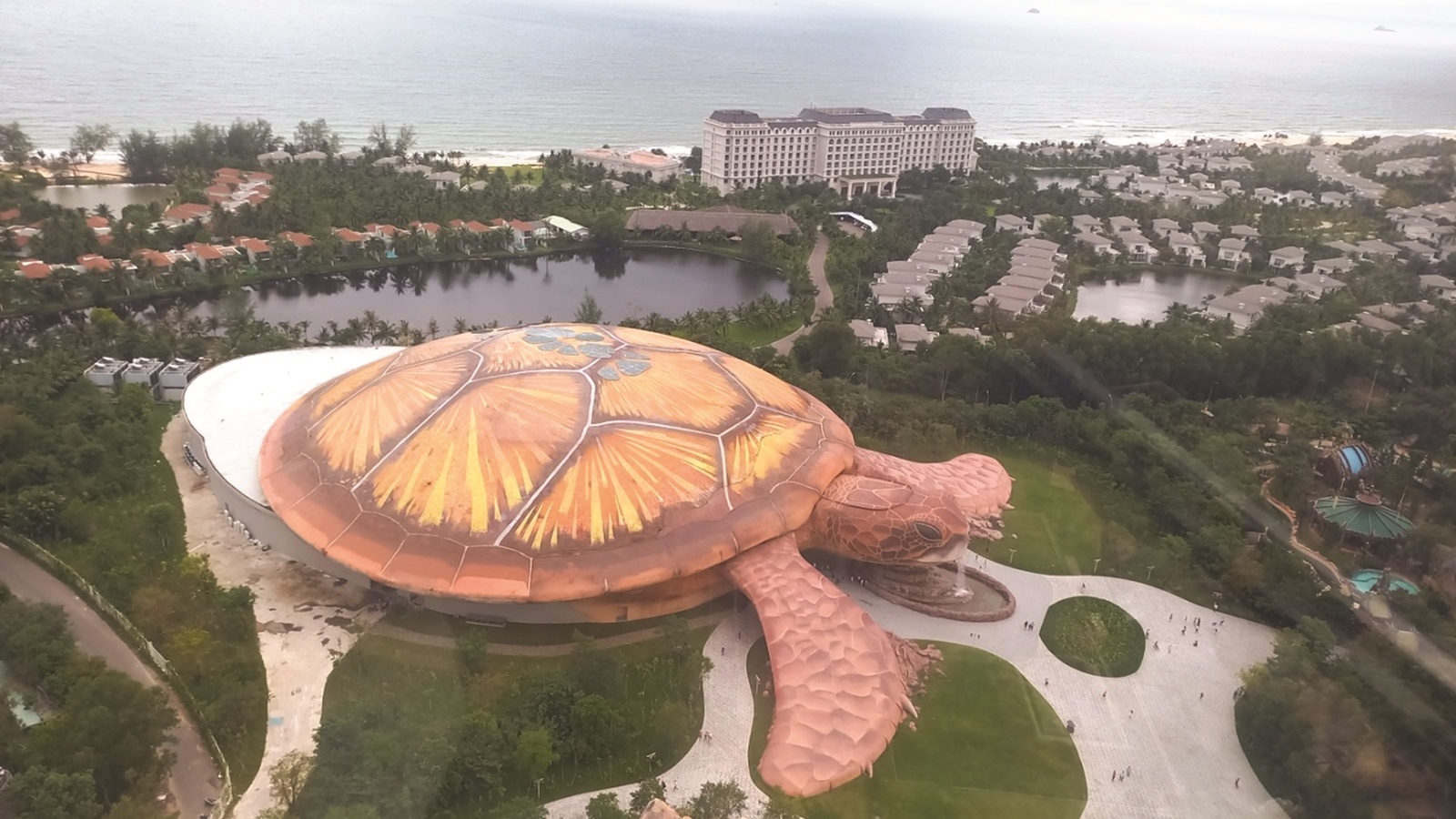 |
| Phu Quoc Island is known as "Paradise of the sea" and is increasingly attracting tourists. |
Currently, coastal economic zones have attracted 254 foreign investment projects with a total registered capital of 42 billion USD and 1,079 domestic investment projects with a total investment capital of more than 805 trillion VND. More than 60 thousand hectares of land have been built with infrastructure, production facilities and put into operation. The economic structure of many coastal provinces and cities has shifted strongly from agriculture and small-scale industry to services (focusing on tourism and resort services); at the same time, important industrial centers of the country have been formed such as Nghi Son Oil Refinery and Petrochemical Complex, Vinh Tan Thermal Power Center, Ca Mau Gas - Electricity - Fertilizer Plant, etc. The labor structure of coastal provinces and cities has also shifted from agriculture and fisheries to services and industry.
On the other hand, investment in developing infrastructure in coastal economic zones, including foreign investment, has contributed to modernizing the infrastructure system for coastal localities and economic zones and creating traffic and infrastructure connections nationwide, bringing positive effects to the development of the region. The combination of developing coastal economic zones and industrial zones with building economic-defense zones in coastal and island areas has also been focused on, contributing positively to strengthening national defense and security, firmly protecting the sovereignty, unity and territorial integrity of the Fatherland.
In addition, coastal economic zones also act as economic centers of coastal regions and localities, linked to seaports and airports, creating favorable conditions for economic exchange, trade, services, and human resource development. The formation of coastal economic zones has contributed to promoting the urbanization process in coastal areas and initially forming a "Coastal urban chain" with nearly 600 urban areas, accounting for about 8% of the total number of urban areas in the country with a population of about 19 million people, most clearly shown in the Central and South Central coasts. A number of modern resorts, entertainment and accommodation areas have been built around coastal economic zones, contributing to promoting tourism activities, as well as providing permanent accommodation for experts and business managers from many places around the world to live and work long-term in economic zones. In the long term, these areas will become urban areas with highly qualified residents working in economic zones.
Sustainable development of marine economy
Currently, developing the marine economy is considered by countries as a new growth engine, making up for the shortages of the domestic economy; at the same time, it is also a solution to increase influence in sea and island areas. Moving towards a green economy based on the conservation and promotion of "natural marine capital", especially renewable sources of wind energy, ecotourism... is considered a fundamental, long-term and sustainable solution for many coastal countries, including Vietnam.
Vietnam has a coastline of more than 3,260 km, not including the islands running from Mong Cai in the North to Ha Tien in the Southwest, the population of 28 coastal provinces and cities accounts for nearly 50% of the country's population. The scale of Vietnam's marine and coastal economy accounts for about 47 - 48% of the country's GDP, of which the pure marine economy accounts for about 20 - 22% of GDP. By 2030, the GDP contribution of marine economic sectors will increase to 23.5 billion USD (equivalent to 538,000 billion VND) if the "sustainable development" scenario is applied. This is the figure given in the Report "Vietnam's blue marine economy towards a sustainable marine economic development scenario" published by the Ministry of Natural Resources and Environment and the United Nations Development Program (UNDP).
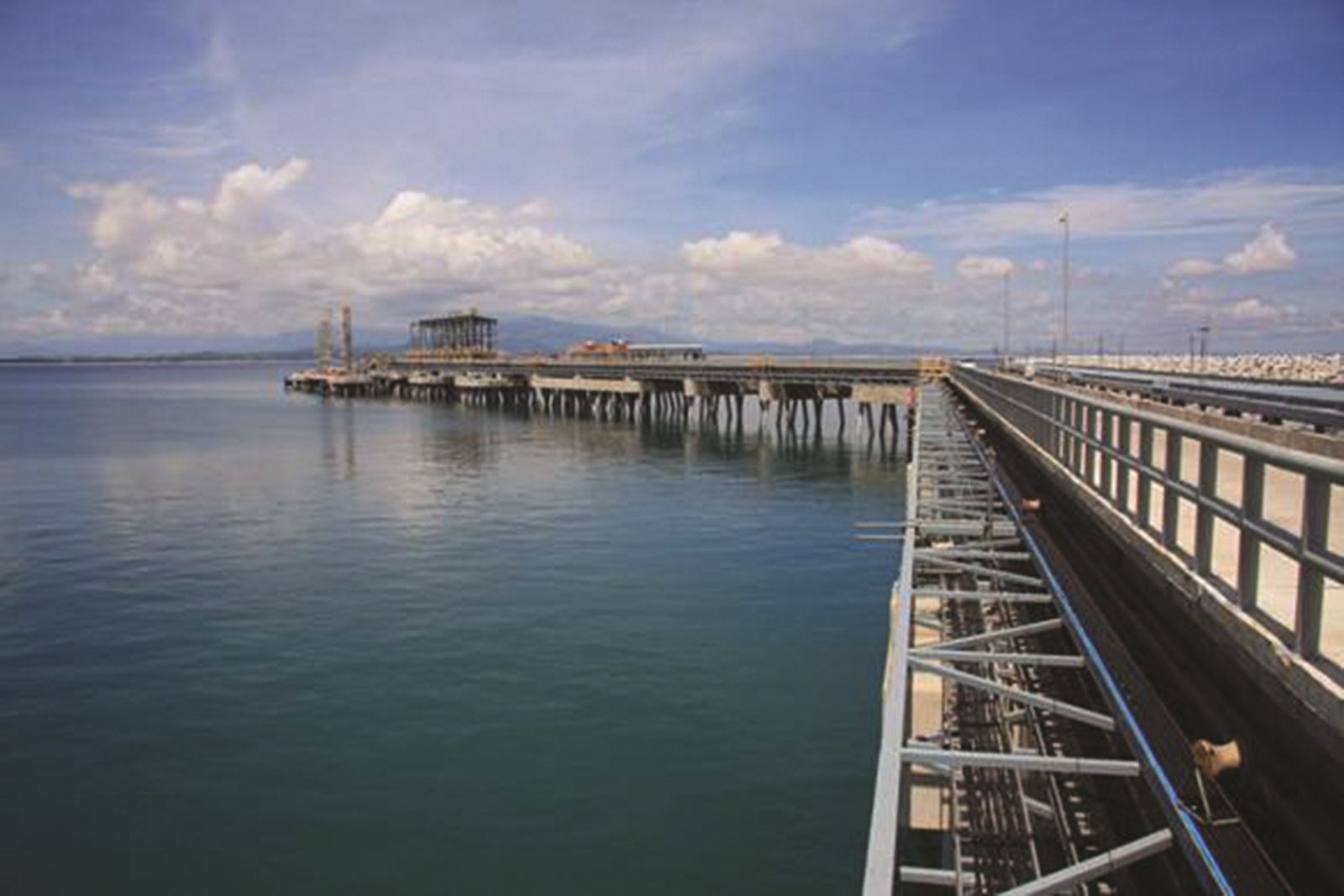 |
| Oil pipeline in Dung Quat Economic Zone (Quang Ngai) |
The main marine economic sectors in Vietnam include marine renewable energy, oil and gas, seafood, tourism, maritime transport, environment, biodiversity and ecological services. The report also provides scenarios for marine economic development in Vietnam, including 6 key marine economic sectors: fisheries, renewable energy, oil and gas, tourism, transport, environment and ecosystems.
Ms. Caitlin Wiesen, UNDP Resident Representative in Viet Nam, assessed that it is important to accelerate marine spatial planning and policies to exploit the huge potential of the marine economy. In particular, for fisheries and aquaculture and marine renewable energy - especially offshore wind power, as well as biodiversity ecosystem services and tourism, it is essential to ensure balanced growth of these sectors.
The report also recommends reducing fisheries production to sustainable levels (maximum 2.7 million tonnes per year); reducing pressure on coastal vessels; maintaining aquaculture areas and improving management to increase safe productivity by 3.5% per year. In the oil and gas sector, it is necessary to promote energy efficiency in production activities; strengthen environmental protection and the emerging marine renewable energy sector; expand marine renewable energy sources to 10,000 MW of installed capacity by 2030. In the tourism sector, promote international visitor growth to 8-10% per year and domestic visitors to 5-6% per year by 2030; incorporate the impacts of climate change, including sea level rise, into tourism planning. For the maritime transport sector, increase maritime transport to 20.6% or market share by 2030.
The marine economy plays an important role in the socio-economic development, ensuring national defense and security of Vietnam. The development of science and technology and the expansion of international economic exchanges and cooperation have allowed for the effective exploitation of the advantages of marine economic sectors, contributing to accelerating economic growth, creating jobs, increasing income, ensuring national defense and security at sea... contributing increasingly to the country's GDP. Therefore, promoting the development of the marine economy has always been an issue of special concern to the Party and the Government.
Recently, speaking at the scientific workshop "Sustainable development of Vietnam's marine economy", Deputy Head of the Central Propaganda Department Le Hai Binh affirmed that after 5 years of implementing Resolution 36, the marine economy has had important developments, creating development momentum for each locality and for the whole country.
Source link



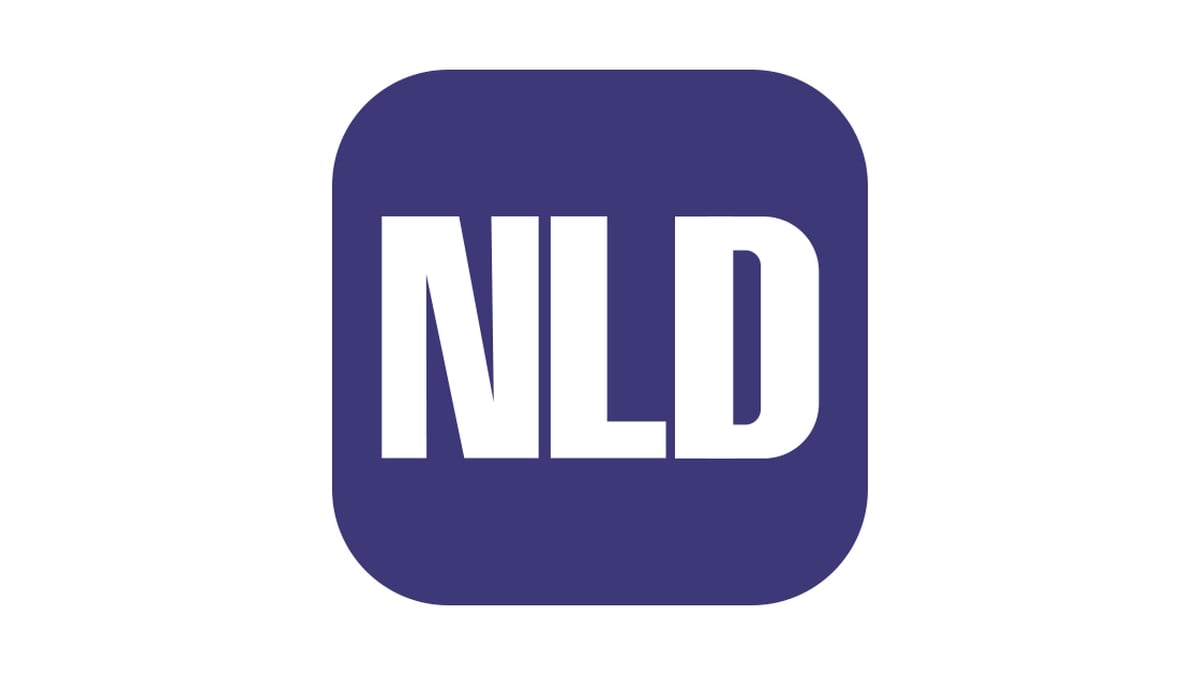

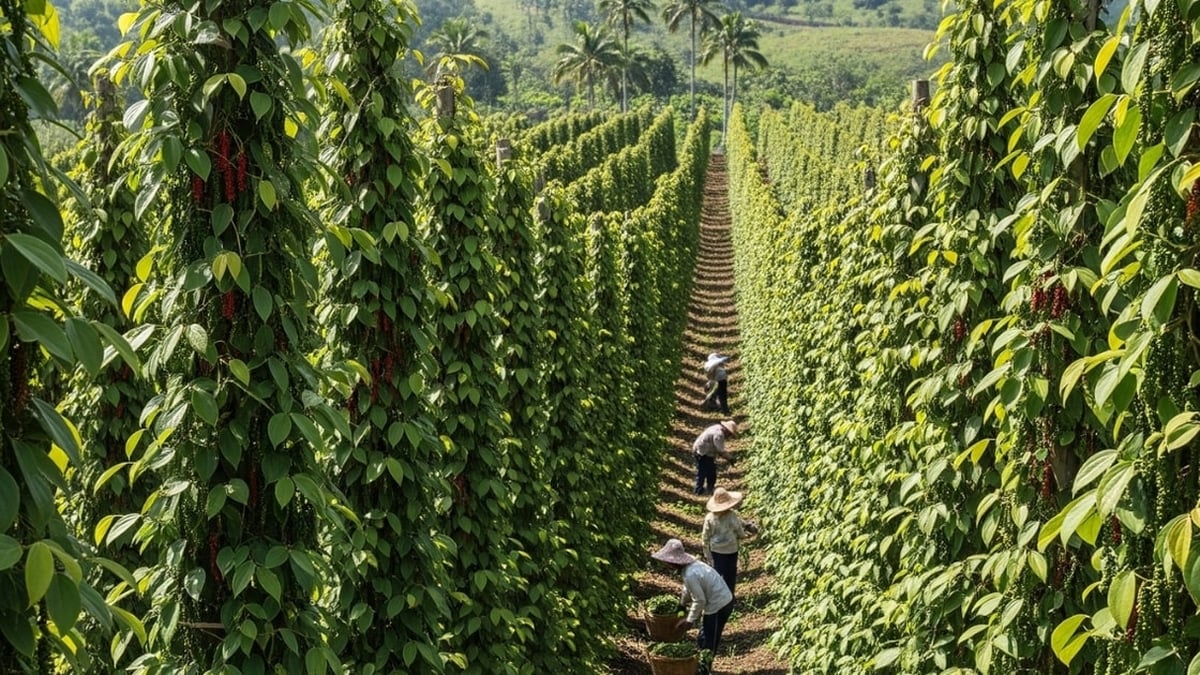
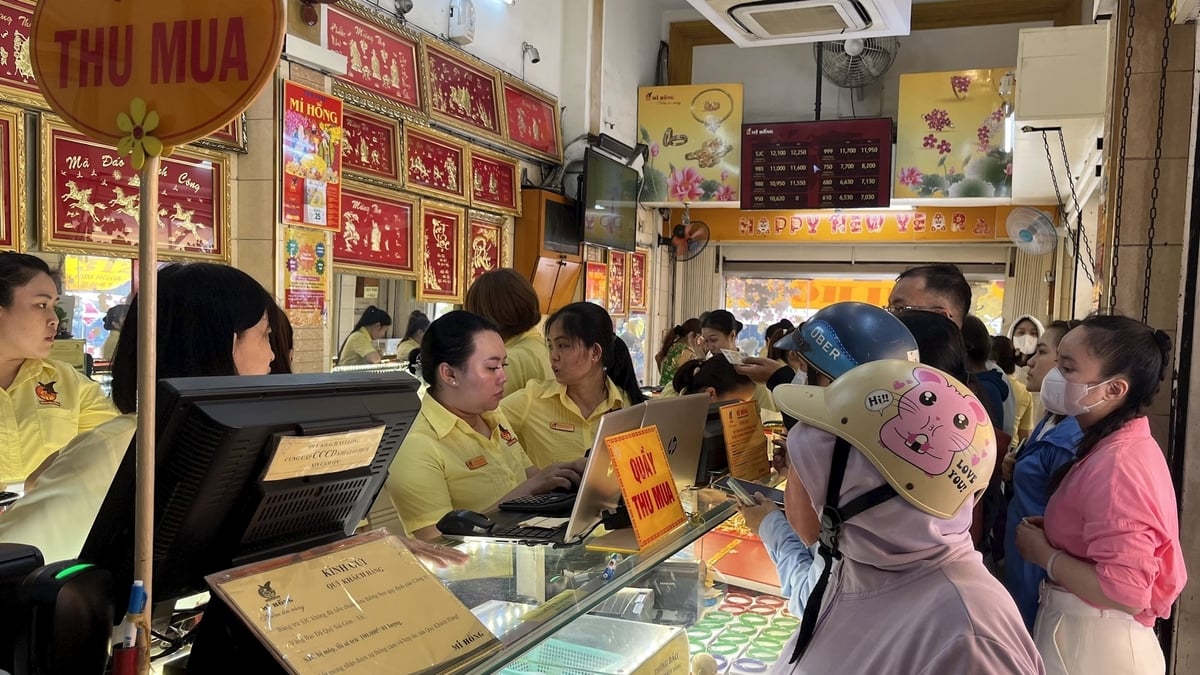
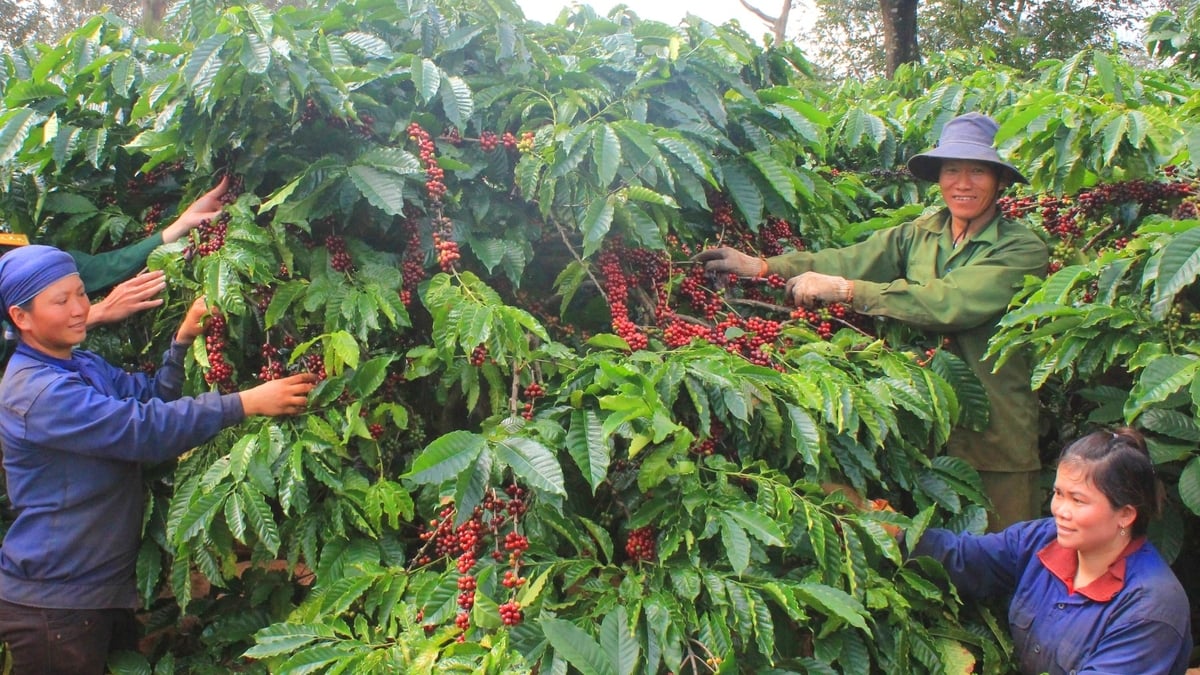
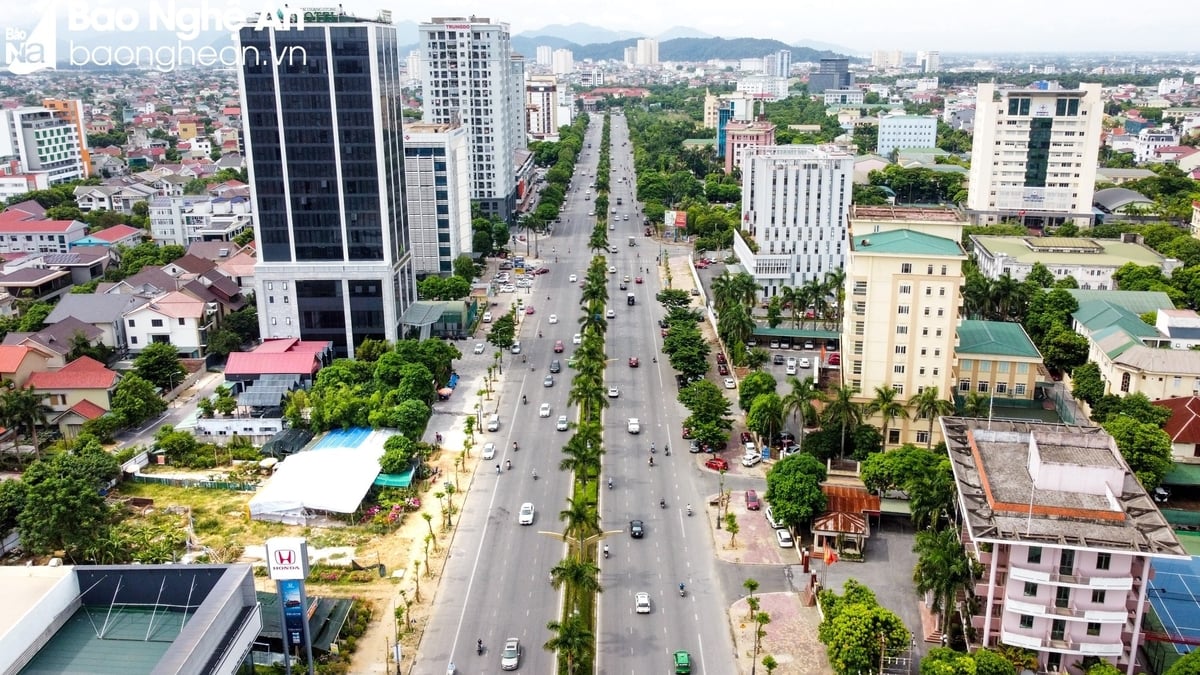


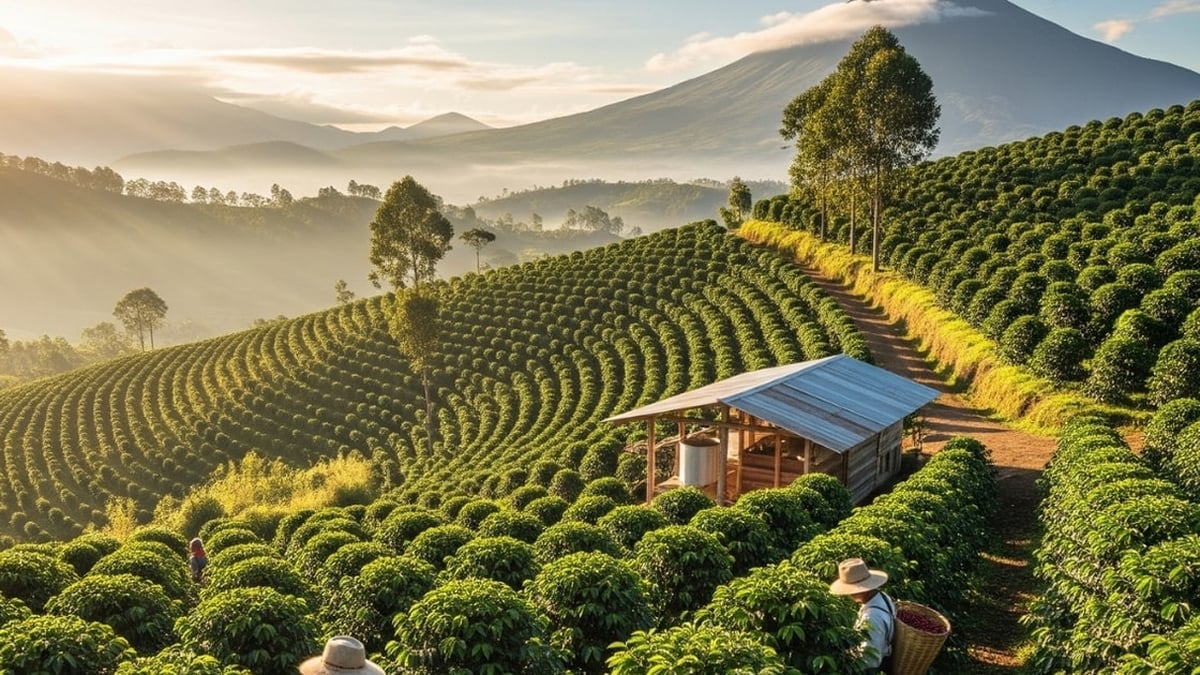























































































Comment (0)